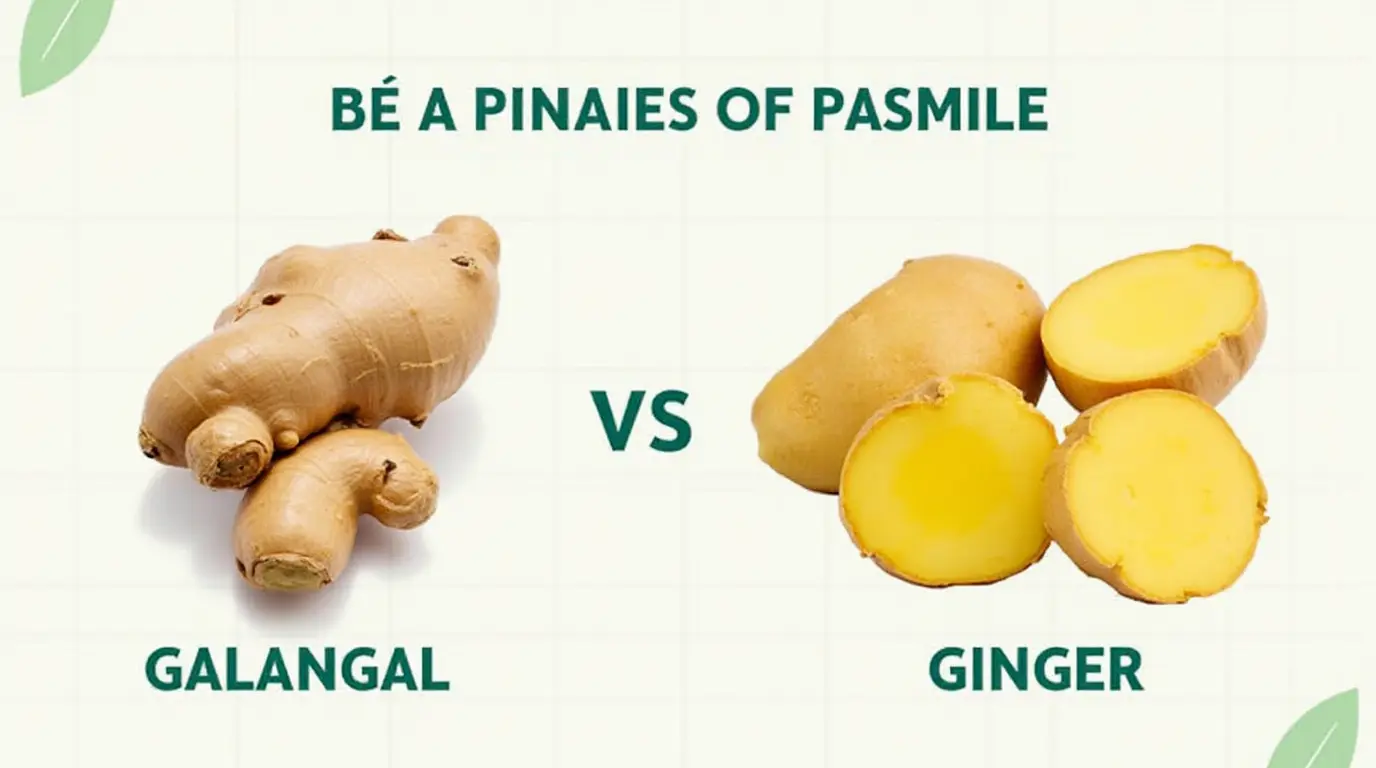
Galangal vs Ginger: What Sets Them Apart?
Description
Galangal: The Secret Ingredient for Bold Flavors
What is Galangal?
Galangal is a rhizome that belongs to the ginger family (Zingiberaceae). It is native to Southeast Asia and has been a staple in Asian cuisine for centuries. Known scientifically as Alpinia galanga, this aromatic root is often referred to as "Thai ginger" or "Siamese ginger." Despite its similar appearance to ginger, galangal has a distinct flavor and aroma that sets it apart.
There are two main types of galangal: greater galangal (Alpinia galanga) and lesser galangal (Alpinia officinarum). Both varieties are commonly used in cooking and traditional medicine. The rhizome is light tan with a firm, smooth surface, and its interior can range from cream-colored to pale pink, depending on the variety and age.
What Does Galangal Taste Like?
Galangal has a unique flavor profile that is often described as earthy, citrusy, and slightly peppery. Unlike ginger, which has a warm and spicy taste, galangal offers a sharper and more aromatic flavor. Some people detect hints of pine, camphor, or eucalyptus when tasting galangal.
Its robust flavor makes it a versatile ingredient, particularly in Southeast Asian dishes. Galangal is a key ingredient in Thai curries, soups, and stir-fries, as well as Indonesian and Malaysian recipes. While its flavor can be bold, it complements other spices and ingredients beautifully, creating a harmonious balance in dishes.
The Difference Between Galangal and Ginger
Although galangal and ginger belong to the same family, they have notable differences:
- Appearance: Galangal is usually larger, harder, and more fibrous than ginger. It has a smoother, shinier skin and often features reddish-brown rings, whereas ginger has a knobby, rougher texture.
- Flavor: Ginger has a milder, sweeter taste with a characteristic spiciness. In contrast, galangal is more citrusy, sharp, and aromatic, with hints of pine and camphor.
- Culinary Uses: Ginger is used in a wide range of cuisines, from Asian to Western, and works well in sweet and savory dishes. Galangal, on the other hand, is more commonly found in Southeast Asian cooking and rarely appears in desserts.
- Substitution: While galangal and ginger can sometimes be substituted for each other, the flavor profile of the dish will change. When substituting ginger for galangal, add a splash of lime juice or a pinch of ground coriander to mimic its citrusy notes.
How to Use Galangal
Using galangal in your cooking can elevate your dishes with its distinctive aroma and flavor. Here are some tips on how to use it:
- Fresh Galangal:
- Peel the outer skin with a knife or vegetable peeler.
- Slice, julienne, or grate the root as needed.
- Add fresh slices to soups like Thai Tom Yum or Indonesian Soto for an aromatic boost.
- Dried Galangal:
- Available in slices, dried galangal needs to be soaked in warm water for 20-30 minutes before use.
- Perfect for simmering in soups, broths, or stews to infuse flavor.
- Galangal Powder:
- Made from dried and ground galangal, this is a convenient alternative.
- Use it in marinades, spice blends, or rubs for meat and seafood.
- Paste:
- Galangal paste is a pre-prepared option often found in Asian markets.
- Ideal for curries, sauces, and stir-fries.
Where to Find Galangal
Galangal can be found in various forms, including fresh, dried, powdered, and as a paste. Here’s where to look for it:
- Asian Grocery Stores:
- Fresh galangal is typically sold in the produce section.
- Dried slices, powders, and pastes are available in the spice aisle or condiment section.
- Online Retailers:
- Many e-commerce platforms sell fresh and dried galangal, often delivering directly to your doorstep.
- Specialty Markets:
- Health food stores and specialty spice shops may carry galangal products.
- Substitutions:
- If you can’t find galangal, you can use ginger with additional spices like lime juice or ground coriander to mimic its flavor.
A Famous Recipe: Supreme Pizza
While galangal is not a traditional ingredient in pizza, its unique flavor could inspire creative culinary twists. For a classic option, consider making a Supreme Pizza. This beloved recipe typically includes:
- Tomato sauce
- Mozzarella cheese
- Pepperoni
- Sausage
- Bell peppers
- Onions
- Mushrooms
- Black olives
To add a Southeast Asian spin, you could experiment with galangal-infused tomato sauce or a drizzle of galangal-flavored oil. This fusion approach can elevate the flavor profile and create a unique culinary experience.
Related
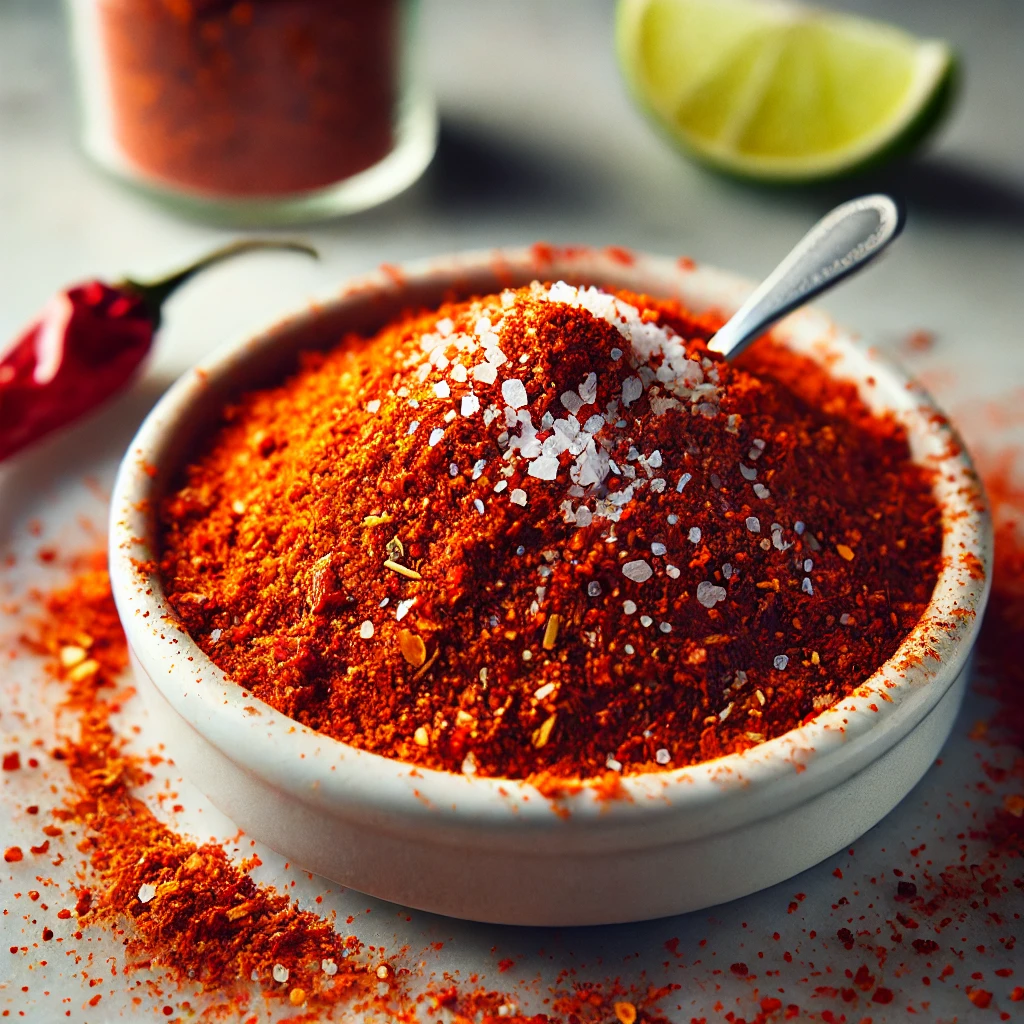
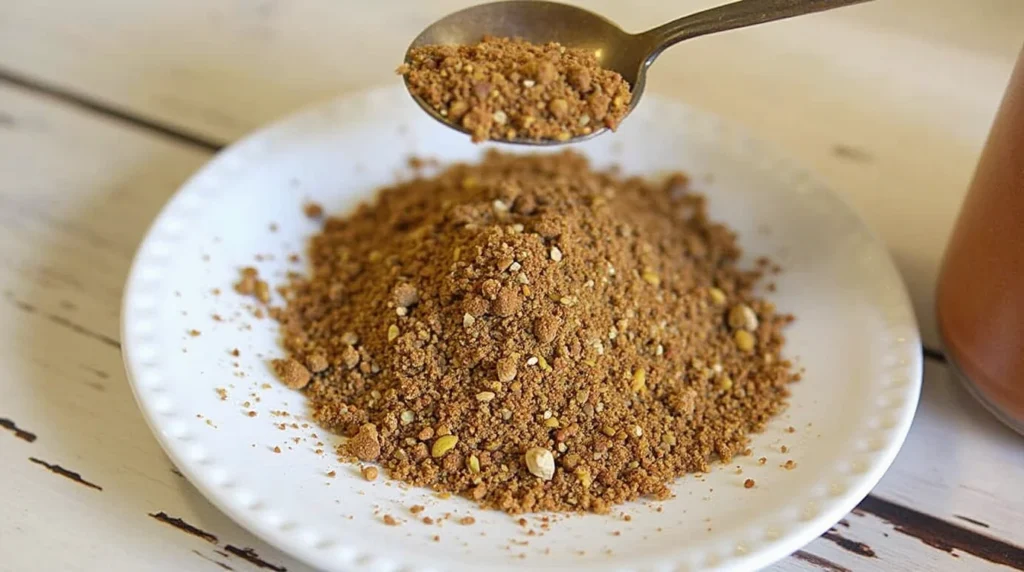
Note
Handpicked Recipes
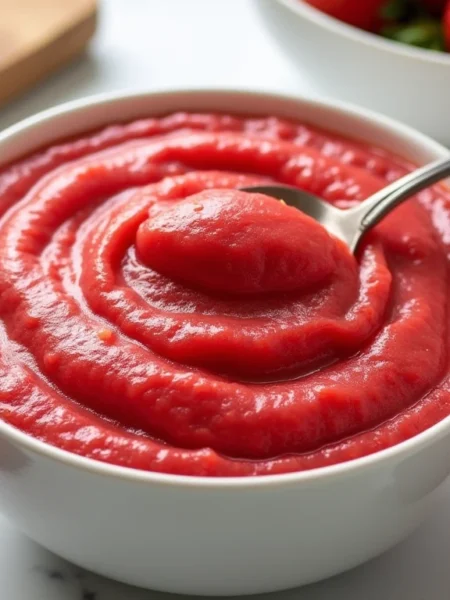

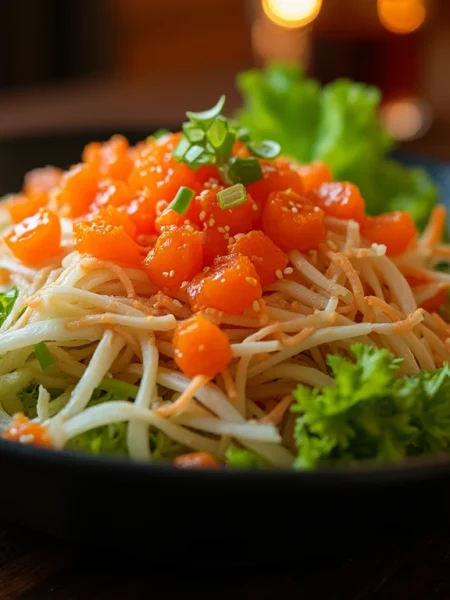
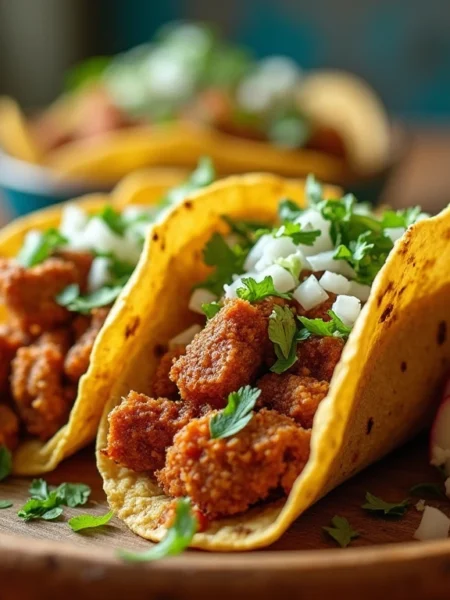
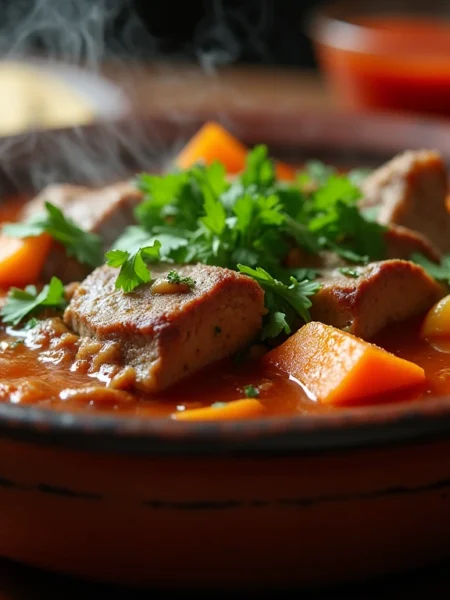
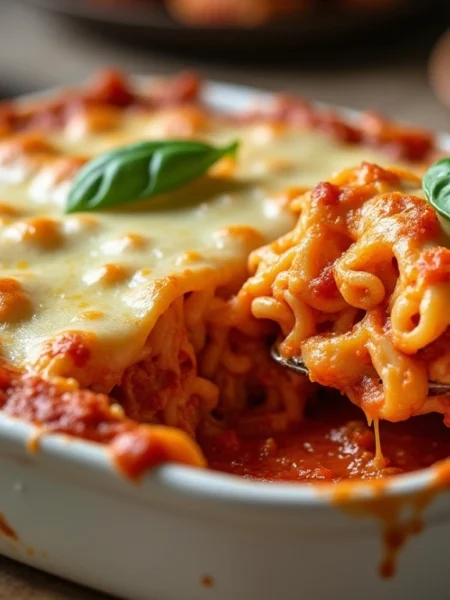

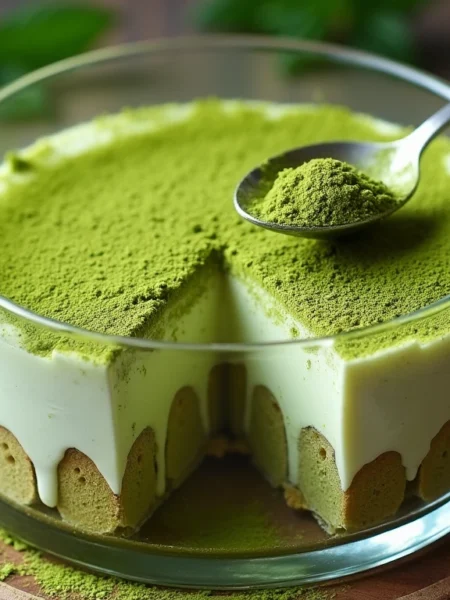



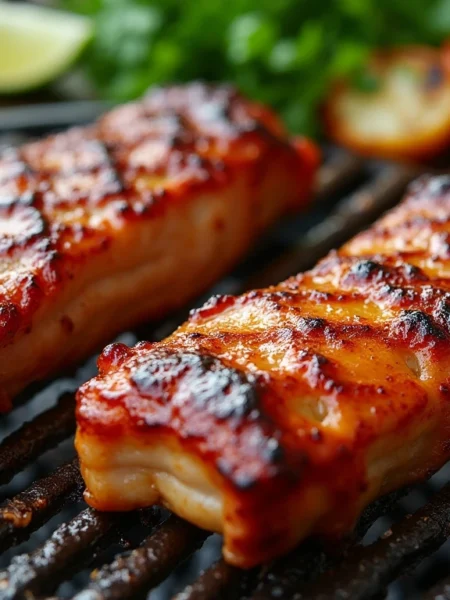


You may also like...
What is Pecorino Cheese? A Guide to Its Taste, Uniqueness, and Varieties
What’s The Difference Between(courvoisier) Cognac And Brandy ?
Coke Zero vs Diet Coke: Understanding the Differences